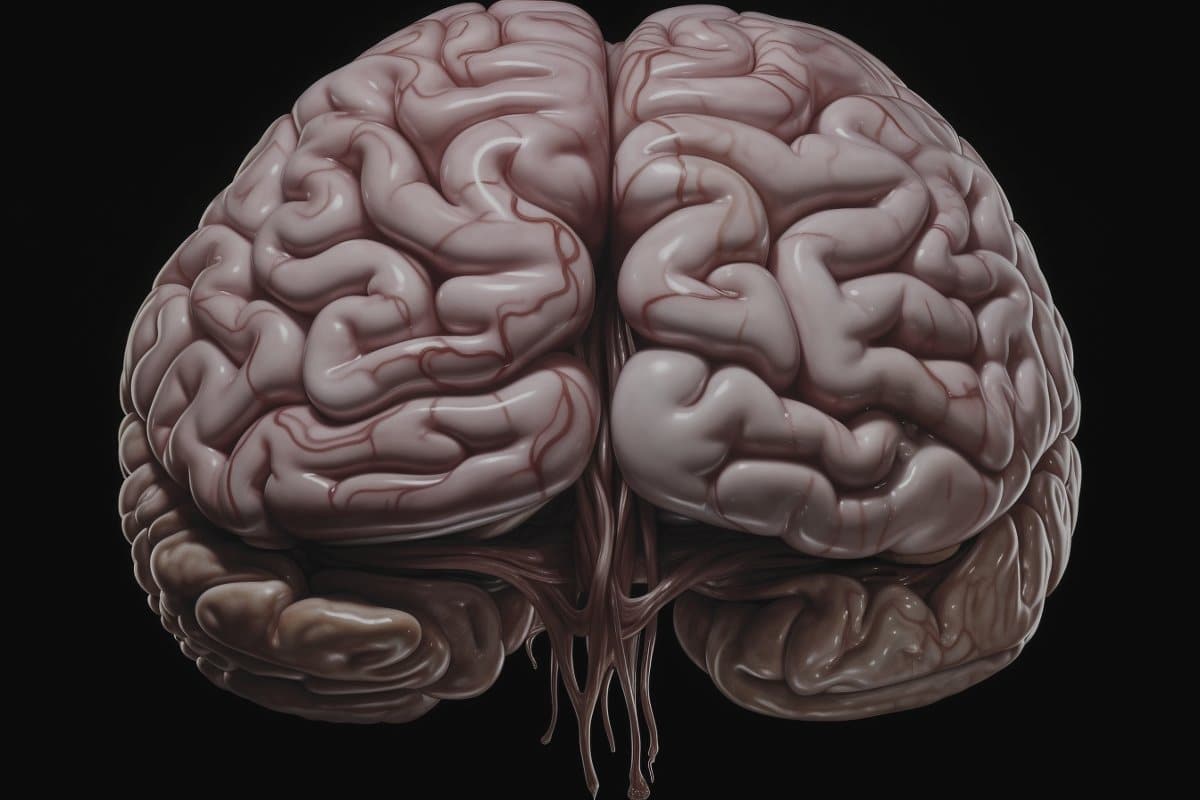Summary: A groundbreaking, NIH-funded project led by a collaborative team aims to create a neural fiber that could combat Alzheimer’s disease. The fiber is designed to be minimally invasive and is capable of electrical stimulation and drug delivery to study and potentially reverse memory loss.
The objective of this high-priority project is to enable detailed imaging and analysis of amyloid deposits in the brain, which is a key factor in Alzheimer’s. The team has a one-year deadline and is working towards revolutionizing the approach to understanding and treating Alzheimer’s disease.
Key Facts:
- The neural fiber targets deep brain access, focusing on the hippocampus to study amyloid deposits related to Alzheimer’s.
- The project combines electrical stimulation, drug delivery, and dual-mode endoscopy within a single, hair-thin fiber for less invasive brain study.
- The team is working on a 12-month deadline to develop this innovative technology, which could significantly enhance Alzheimer’s research and treatment.
Source: Virginia Tech
Every 65 seconds, someone in the United States develops Alzheimer’s disease, a form of dementia affecting 6.2 million Americans.
Despite being identified almost 120 years ago, Alzheimer’s disease remains a progressive neurological disorder with no cure and few treatments. It progresses from minor memory loss to severe mental decline.
Xiaoting Jia, an associate professor, experienced the cruel impact of Alzheimer’s disease on her grandmother’s mind, which destroyed memories and had a devastating effect.

Alzheimer’s disease is a personal challenge for Jia and emphasizes the importance of creating tools to assist neuroscientists in addressing brain problems. The National Institutes of Health short-term grant is particularly significant with this context.
Developing a New Fiber
As a pioneer in the neural fiber field, Xiaoting Jia has partnered with collaborators to create a new neural tool that targets slowing down or reversing memory loss. Their goal is to visualize the build-up of biomarkers associated with Alzheimer’s disease, focusing on providing access to the hippocampus – the home of spatial memory and retention.
They have one year to develop a minimally invasive, small fiber to study biomarkers, including thick protein deposits called amyloids in the hippocampus.
Their objective is to address technology limitations in Alzheimer’s research related to brain dysfunction and neural changes that impact memory loss. The super fiber Jia will construct stands out for its flexible polymer platform, aiming to minimize surgical complications and increase time with family.
Defeating the Deposits
The primary feature of Alzheimer’s disease, amyloid deposits, starts developing years before symptoms appear. The team is working on a multifunctional fiber for electrical stimulation and drug delivery as well as a dual-mode endoscope for capturing brain images. The aim is to study neuroactivity, amyloid deposition, and blood flow in vessels to understand the memory loss-amyloid relationship and restore memory.
The team faces an ambitious one-year goal, with the aim of proving that their technology could improve the quality of life for millions of Americans affected by Alzheimer’s disease.
About this Neurotech and Alzheimer’s Disease Research News
Author: Chelsea Seeber
Source:
Virginia Tech
Contact: Chelsea Seeber – Virginia Tech
Image: The image is credited to Neuroscience News

